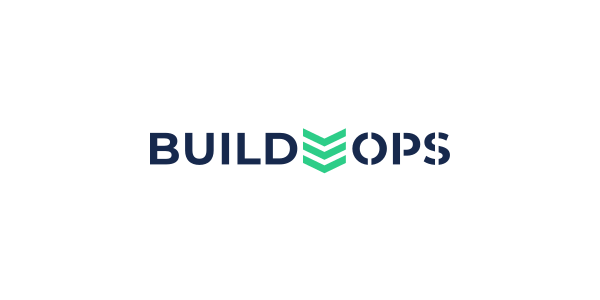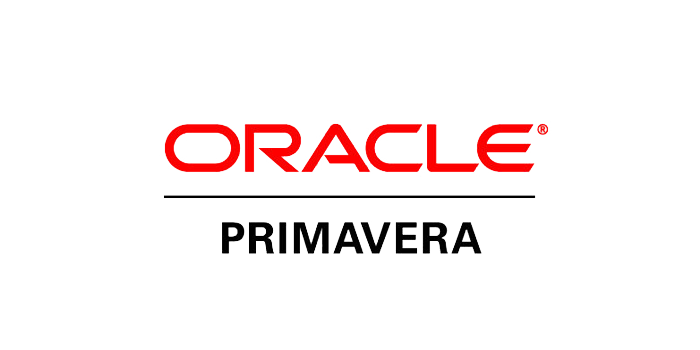
Original article posted on the Ineight blog
When you see the phrase “tech adoption,” what comes to mind? For some, it may spark a sense of excitement, improvement, exploration and growth. For others it can conjure up fear of the unknown or of change in general. The fact that it’s grown to become such an imperative in the construction industry may further compound things.
Yet, despite the acknowledged necessity to migrate to a digitalized, efficient way of doing business and managing projects, there is still real hesitancy. Besides the logistical how-to aspects of formal corporate adoption and onboarding, it’s also rooted more in perception than process. And we’ve all heard how “perception is reality.”
If you’re among the hesitant who sees the writing on the wall and yet genuinely wants to address it, there are several items you’ll want to consider to help shift how you perceive tech adoption to become more welcome than dreaded.
Projects Aren't Getting Any Simpler — Or Cheaper
We’ve all seen how the capital project size, budget and complexity have been evolving. There’s more scrutiny over assembling estimates, with a growing imperative from owners for accuracy and accountability. Timelines are long with multiple phases overlapping each other, necessitating careful scheduling that allows for flexibility. These are in part driven by the treasure trove of data these projects produce. This data, if carefully tracked, shared and analyzed, can deliver real-time insights that can be used for proactive forecasting and risk mitigation as well as more effective collaboration and decision making. Plus, many of those structures are incorporating their own technologies, often as part of the Internet of Things, to help them function more optimally.
That’s a lot to coordinate. Are the legacy systems, generic business software and manual processes we relied on for so long up to the task? Not so much. Rather, it requires more fine-tuned management of all the resources that go into these projects — not just labor, materials and equipment but data, time and money, too. That’s what construction technology is designed to do, becoming a reliable tool to help streamline the logistics in managing these tasks and resources both on the jobsite and in the back office. When you consider how capital projects themselves have progressed and all the moving parts to keep track of, it makes tech adoption sound less daunting doesn’t it?
Remember We've Done This Before
When we have upgraded our tech in the past, the learning curves felt steep. We were nervous we’d make mistakes. Maybe we even questioned why we had to go through a particular tech adoption. But think for a moment of all the things you’ve personally acclimated your life to: GPS, smartphones, TVs, even whole homes, just to name a few. Now think of areas where your company has incorporated new ways of doing things: digital signatures, cloud-based file hosting and storage, and real-time video conferencing. They were all new at one time, and perhaps a bit daunting. Now? You probably can’t imagine living or working without them. The same perspective applies here.
Humans and Technology Can Coexist - And Be The Better For It
The one thing to understand about construction technology is that it’s meant to be a tool, not an outright replacement for teams and site crews. The right technology allows managers and craftspeople alike to get more done in less time with less effort and fewer mistakes.
For example, automation using robots can take over some of the physically grueling, repetitive work, such as bricklaying or painting, that can cause fatigue and injury to site crews. That keeps them safer and healthier to do work requiring more dexterity, fine motor skills and human judgement. And software for project functions — such as estimating or scheduling, for example — removes the tendency for human error finding its way into the collecting or calculating of data. Those errors can skew estimates, lead to insufficient inventory ordering, or mistaken forecasts of the impact of a risk on the schedule.
Interestingly, making tech adoption a priority may help attract more humans, i.e., your future employees. If the younger tech-savvy generations entering the workforce see how different types of technology are being used on construction projects, both in the field and the back office, it can overshadow some of the stereotypes that have kept them from considering entering the field. For them, their ease with using different forms of technology — from smartphones to laptops to gaming — could make them a natural fit for applying their tech fluency to the projects in your portfolio. That can bring a bit of relief if you’ve been feeling the impact of the labor shortage on productivity levels and project outcomes, especially if you’re about to add infrastructure projects to your docket.
There's a Cost to Avoiding or Delaying Tech Adoption
For many construction companies, the dollar is a compelling motivator. Think in terms of return on investment (ROI). If you’re looking at implementing a new solution that will cost money upfront but save time and other resources over the long term, it will likely be worth it financially. But just as importantly, particularly for the tech-hesitant, it makes sense to seriously evaluate the financial costs of not migrating to construction-specific technologies.
You may have heard the saying that nothing changes if nothing changes. Though it might sound odd on the surface, it means that efficiency levels won’t move without improvement. Ironically, some companies may put off investing in industry-specific technology because of upfront financial costs. So, all those human hours devoted to data entry, error correction, hunting for missing documents, seeking answers to questions, tracking change orders, manually modifying designs and so on can only continue to mount. Decisions based on data of less-than-ideal accuracy and timeliness can continue jeopardizing forward progress. Project outcomes can remain at risk of surpassing their estimates. Unfortunately, continuing to rely on traditional project management methods can stagnate efficiency levels.
Consider Loss of Competitiveness
There’s one more cost that deserves to be called out: the impact on your competitiveness and reputation. Let’s face it, construction is a competitive industry. Adopting a “wait and see” approach of how other companies or even the broader industry are doing with their own tech adoption will only set you further behind others who are already using it to win projects and deliver predictable outcomes.
Likewise contractors who frequently exceed project estimates may find themselves having to absorb those cost overages, putting a ding in their cash flow and threatening what’s left of their profit margin. The knock-on or domino effect is the compromised ability to effectively market themselves for future work and invest in the very technologies that could have averted this scenario.
It’s going to get harder to build newer, smarter structures using older or outdated technologies to manage them. Construction technologies can make it infinitely more achievable and streamlined.
Ready to Learn More?
Contact us to schedule a consultation about modernizing your construction technology.













